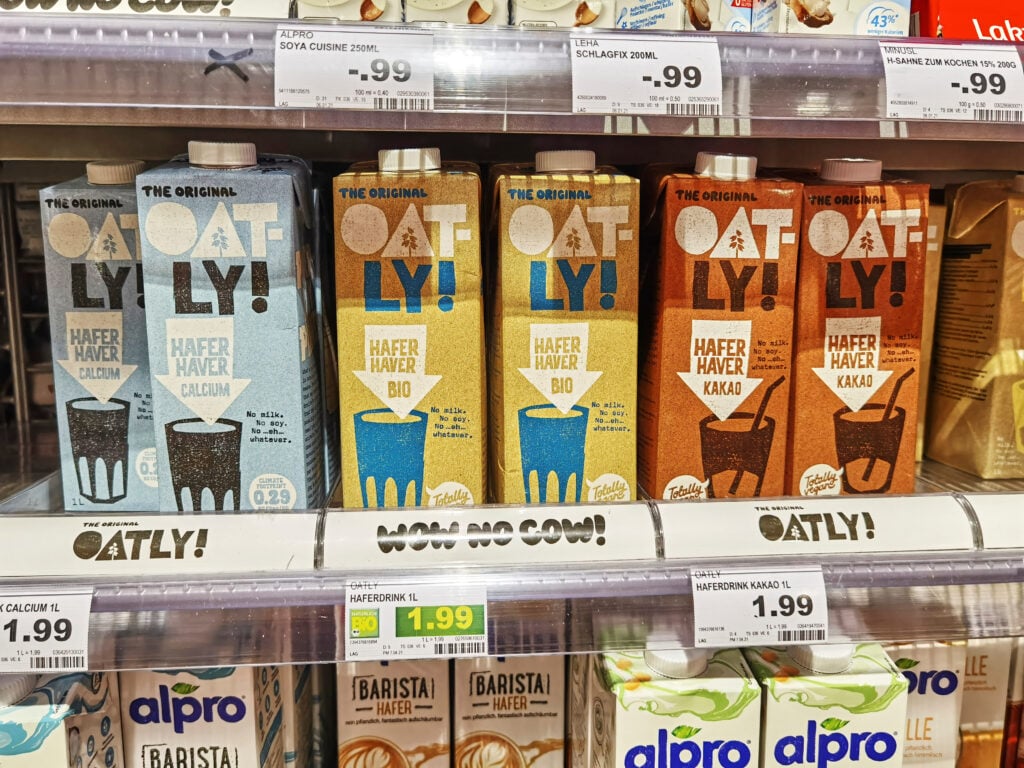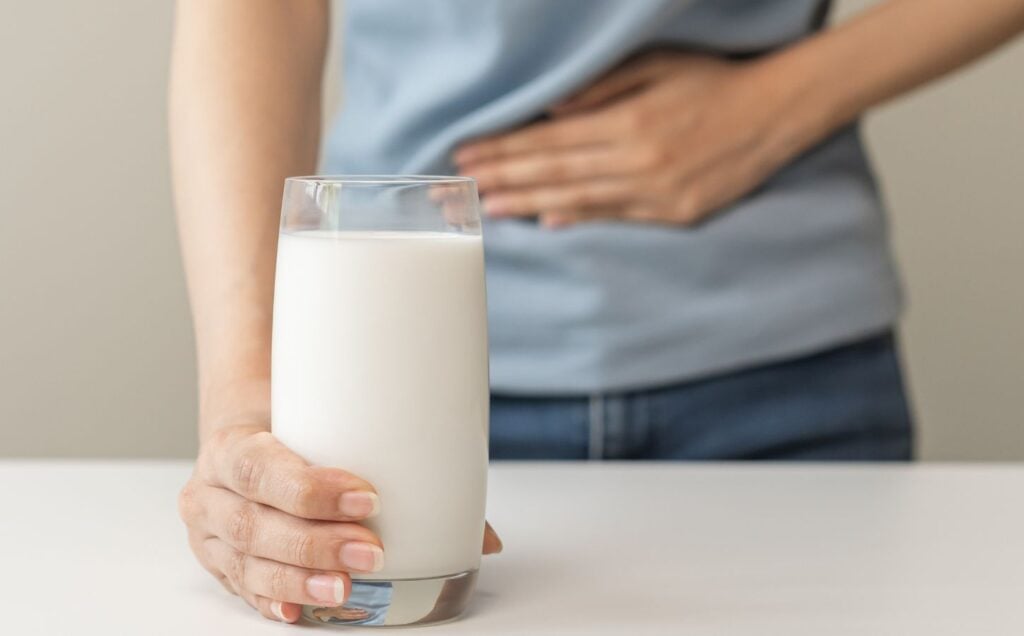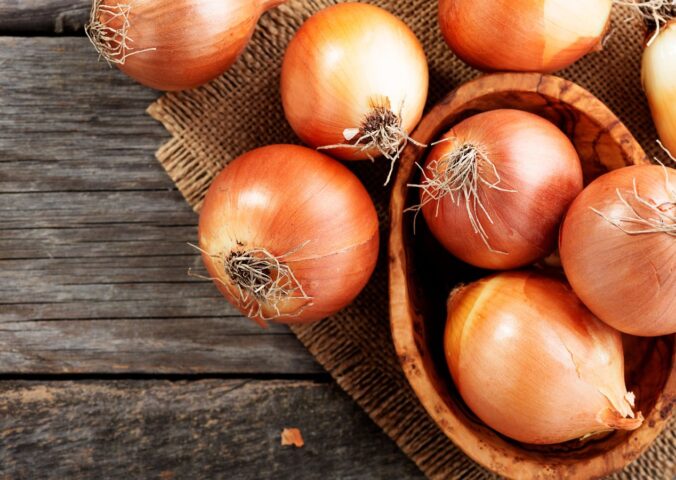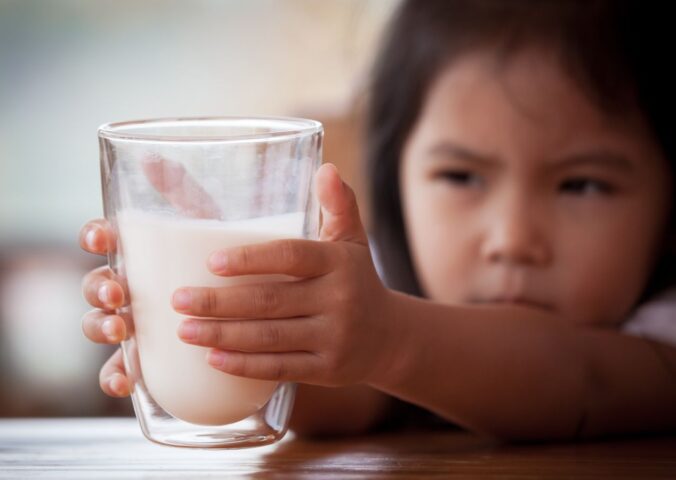While many people are waking up to the environmental and animal welfare consequences of dairy products, others still believe that dairy is an important part of a healthy diet.
The dairy industry does a great job of having us believe that we need milk and dairy for healthy bones and bodies. While it’s undoubtedly true that dairy is a source of protein and calcium, there are plenty of plant-based foods that give people those nutrients. Eating pure whole foods such as beans, nuts, and greens for calcium and protein means you avoid any unhealthy substances in milk, cheese, and other dairy foods that have potential negative effects.
This article takes a closer look at what’s in dairy products and how they may affect your health. It also gives tips for replacing dairy products with healthy plant-based foods to get the essential nutrients you require for health and vitality.

What is in dairy?
Saturated fat
Full-fat dairy products are a source of saturated fat. Experts such as the American Heart Association (AHA) and the NHS in the UK recommend that people reduce sources of saturated fat to avoid heart disease. Dairy products that are high in saturated fats include cheese, cream, ice cream, sour cream, butter, and ghee.
The AHA advises people to eat no more than five to six percent of their daily calories as saturated fat. It also recommends replacing animal products with plant oils, nuts, and legumes.
Casomorphins
Milk is more complex than you may think. It contains substances that act like opium and morphine, playing an active role in the central nervous system.
Casein is the main protein (80 percent) in cow’s milk. When humans digest casein, it releases casomorphins, which are opioid peptides. Our bodies contain opioid receptors that bind to casomorphins and exert opioid-like effects on the nervous and gastrointestinal systems.
There is also a human version of casomorphin that is found mainly in colostrum in breast milk and plays a role in bonding baby to mother.
A 2021 review suggests that casomorphins in dairy are linked to type 1 diabetes, heart disease, sudden infant death syndrome (SIDS), decreased cognitive processing, gut conditions, and autoimmune diseases. The authors suggest there is a complex interaction between casomorphins, the microbiome, and someone’s genes that determine their diverse effects.
Exosomes
The cells in our bodies generate exosomes into the space between cells. Scientists are trying to understand their exact function but believe that they play a part in cell communication and removing unnecessary components from cells.
Some research indicates that milk exosomes may have beneficial effects. However, a 2019 review suggests that continuous exposure to exosomes in pasteurized milk may cause a substantial risk for the development of type 2 diabetes, osteoporosis, common cancers (prostate, breast, liver, B-cells), as well as Parkinson’s disease.
Lactose intolerance
Around 68 percent of the world’s population is unable to digest lactose, the sugar found in milk. Many people begin to develop lactose malabsorption – a reduced ability to digest lactose – after infancy. In Africa and Asia, most people have lactose malabsorption, but in some regions, such as Northern Europe, many people carry a gene that allows them to digest lactose after infancy.

Lactose intolerance can arise from lactose malabsorption causing symptoms of bloating, pain, vomiting, and diarrhea. Symptoms may be mild or severe depending on how much dairy a person consumes.
Contaminants
The collection and processing of milk exposes it to many different contaminants, such as pesticide residues, metals, mycotoxins, and hormones. Some of these substances are delivered to the cow through feeding or drug administration, while others may be introduced through milking equipment or dirty pipes. Feed and forages may also be contaminated with natural toxins.
Cows commonly suffer from mastitis, which is treated with antibiotics, and studies suggest that the consumption of contaminated milk with antibiotic residues is an emerging public health problem worldwide. Health effects on humans may include toxicity to the kidneys, disruption to hormones, hypersensitivity, and bacterial resistance. It’s estimated that of 43 antibiotics identified in cow’s milk, 18 are not regulated by Codex and EU standards.
What other issues are associated with dairy?
Cancer
Some research suggests a strong link between dairy consumption and breast cancer. For example, a 2020 observational study of 52,795 females who consumed both dairy and soy products found an increased risk of breast cancer with dairy but no association with soy. The strongest rise in risk was associated with consuming only up to two-thirds of an eight-ounce cup of milk.
Milk contains insulin-like growth factor (IGF), which is a hormone that helps cows to build tissue and bone. The study authors suggest that the proliferative nature of IGF-1 in milk is a probable causal factor in breast cancer.
Other studies have linked IGF-1 to prostate cancer and colon cancer.
Acne
According to a 2018 systematic review and meta-analysis, dairy may cause acne. Among 78,529 individuals aged seven to 30 years, milk, yogurt, and cheese consumption was associated with an increased risk for acne. Intake of cheese was associated with a borderline higher risk.
Another study also found that dairy and milk consumption was associated with acne occurrence. The authors explain that casein and whey in dairy raise concentrations of insulin and IGF-1 which leads to the sebaceous glands in the skin excreting more oils.
Plant-based alternatives to dairy

Giving up dairy doesn’t mean that you will be deficient in nutrients such as protein and calcium, as there are plenty of plant-based sources.
The Vegan Society advises that the following plant-based foods can help someone achieve the recommended amount of 700 mg per day of calcium for adults:
| Plant-based food | Calcium content in milligrams (mg) |
| 100g uncooked firm calcium-set tofu | 350 |
| 2 slices of bread fortified with extra calcium | 242 |
| 200ml calcium-fortified plant milk | 240 |
| 125g calcium-fortified soya yoghurt | 150 |
| 80g cooked kale | 120 |
| 30g dried figs | 75 |
| 30g almonds | 72 |
| Tablespoon of chia seeds | 69 |
Many of these foods such as nuts, seeds, and soy also contain protein. Additional sources of protein on a plant-based diet are beans, lentils, seitan, whole grains, and protein powders such as hemp, rice, and soy.
By adopting a plant-based diet and giving up dairy, you can avoid contributing to the exploitation and suffering of animals and the generation of greenhouse gases. Furthermore, you may be protecting your own future health.






